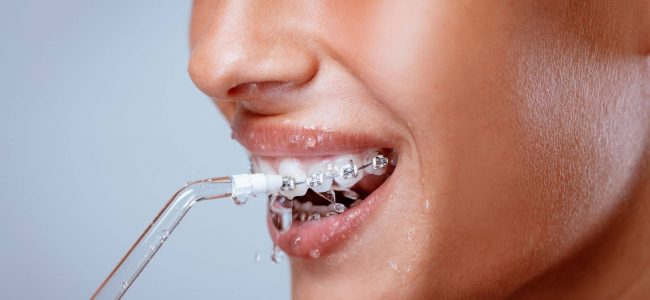What’s the Difference Between a Waterpik and a Water Flosser?
With the rise of technology in every area of our lives, it seems only natural that new and improved devices would find their way into our bathrooms and self-care routines. While oral hygiene is not anyone’s favorite task, we all know it’s a necessary one. With the invention and improvement of at-home dental devices, our oral hygiene can easily be made simpler, more enjoyable, and far more effective than in the past.
Water flossers are a common sight in many American bathrooms. They provide a form of flossing that doesn’t involve string going between the teeth and offers a more comfortable solution. And while dentists generally maintain that water flossers are to be used as a supplement to rather than a replacement for standard flossing, they are still extremely beneficial and helpful for keeping those pearly whites clean and healthy.
You may have heard the term “water flosser” before, but have you hear the term Waterpik? If so, you may have wondered what the difference is between the two. The truth is there is no difference. A Waterpik is simply a brand of water flosser that has become so well known that the name of the company and the product itself have become synonymous.
So now you know that a Waterpik is simply a type of water flosser, but what do these dental devices actually do? What are their benefits, and can they replace traditional flossing?
Features of Water Flossers
While not every water flosser is created equal, there are some common features across most models.
Common water flosser features include:
- Adjustable water pressure
- A water reservoir
- Replaceable tips for multiple users
- Rotating tip control
- Massage mode
- Timers
Advantages of Water Flossers
Many dentists recommend water flossers, as they offer many benefits to an individual’s oral health. However, it’s important to remember that using a water flosser is not a replacement for daily brushing and standard flossing. It’s a supplemental care activity that can help improve the health of your teeth and gums.
Don’t be discouraged by the idea of adding another step to your routine though. Daily use of a water flosser comes with a number of benefits:
- Easy-to-use for any age
- Gets into hard-to-reach areas that are often neglected
- Cleans thoroughly between tightly spaced teeth
- Gentle on gums
- Fun to use
Disadvantages of Water Flossers
As with anything, alongside advantages come some disadvantages. The primary disadvantages of using a water flosser include the following:
- May not remove all plaque or tartar buildup
- Can get messy if you’re not careful
- Can be costly depending on the model you purchase
- Not as easy to control as standard floss
It’s important to note, once again, that water flossers should be used in conjunction with twice-daily brushing and flossing. When you are also flossing with regular dental floss, you eliminate concerns of leaving behind plaque and tartar on the teeth.
Although using a water flosser may have a bit of a learning curve and require a little more of an upfront investment, in the end, they offer many advantages. Whether you opt for a Waterpik or another brand of water flosser, be sure it has all the features you desire in order to get your money’s worth and make the most of it.
Depending on your situation, it might make sense to purchase just one Waterpik (or other brand of water flosser) that comes with different tips, so the whole family can share, and everyone benefits without each person needing their own. Remember to continue brushing and flossing each day, and keep up with your biannual dental checkups to maintain the health of your teeth and gums.
